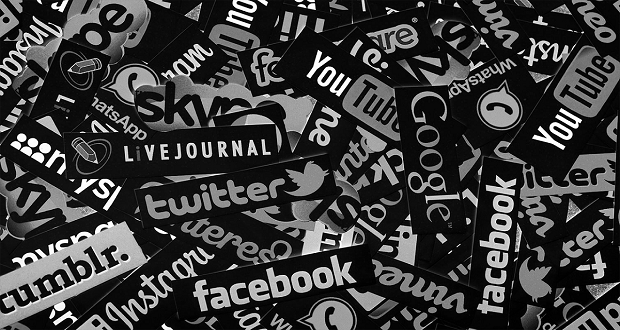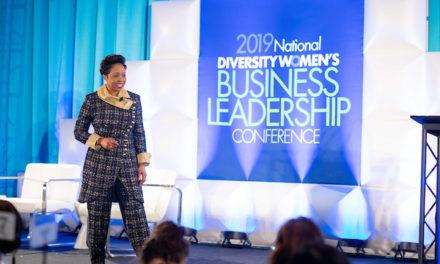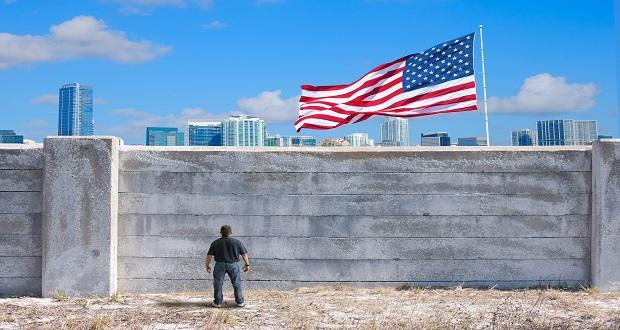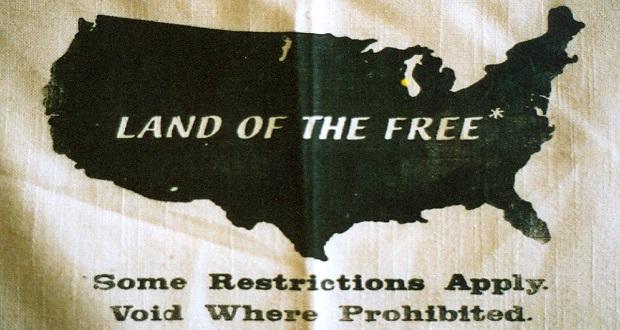
A new study by Pew Research Center reveals that Americans are largely undecided about the usefulness of social media as a tool for political activism. While most people “do believe these sites are very or somewhat important for accomplishing a range of political goals,” a slightly larger share of people say that social media also distracts us from real issues and “makes people believe they’re making a difference when they really aren’t.”
While the presence of online echo-chambers has potentially been largely overstated, there is still no doubt that social media is fraught with opportunity for political polarization, bullying, and the rapid spreading of false news. However, we know that with a discerning mind and with intentions geared toward inclusion, it can be used for good. In this post, we would like to share some reflections and tips to consider when using social media for political advocacy so as not to fall prey to “slacktivism” in your attempts to foster inclusion through the internet.
Have you ever seen those people on social media who have a lot of great ideas for how to make the world a better place, but after reading their posts, you wonder who’s actually taking action? Or do you follow the petty (albeit entirely entertaining) Twitter fights between the President and political commentators, or various media figures, or whoever the interesting people of the day are and wonder, don’t they have better things to do?
The answers are complicated. As we’ve seen from the study mentioned above, social media can be used for legitimate political conversation and for distraction – and it can be both at the same time. It can be a useful tool for quick news analysis, a time sucker with little to offer substantively to your thinking, or a fun place for random musings and workshopping jokes. We all use it differently, at different times for different reasons, and with different outcomes.
As some 64% of Americans in the Poll Research study noted, social media helps give a voice to underrepresented groups and can play an important role in creating sustained movements for social change. Activists in street protests, like the protests that erupted in Ferguson, Missouri after Michael Brown was killed by police officer Darren Wilson, use it to communicate with people about what is happening on the ground without the lens of the news media. The idea is that anyone, ordinary people, can use it to share their stories directly, without publishers or production companies, unedited and raw.
We’ve seen heart wrenching videos of immigrant children being reunited with their families after being separated at the border, and we’ve seen videos of white women calling the cops on various unsuspecting people of color. We’ve seen it become a tool to “out” people for bad behavior, and we’ve seen it used as a tool to invite people “in” – to their lives, to their stories, to various movements, etc. It’s used to convince people that “other” people are bad, and it’s used to convince people, or remind people, of our collective humanity. It can be used as a tool for genuine storytelling and as a tool for targeted manipulation.
So, the evidence for whether social media is good or bad as a tool for advocating for people is overwhelmingly inconclusive and entirely subjective. It largely depends on the operator.
So, the evidence for whether social media is good or bad as a tool for advocating for people is overwhelmingly inconclusive and entirely subjective. It largely depends on the operator. Click To TweetSocial media can be a platform for positive connection, change, and advocacy– if we choose to use it for that. We can meet people we never would have met, hear the stories of communities we’ve never visited, call our friends into action on matters that are important to us, and counter exclusive and hateful rhetoric and stories with our own inclusive ideas. Increasing our capacity for empathy and educating ourselves has never been more widely accessible. Still, while social media can be a positive part of our advocacy, it should never be all.
Brene Brown says in her book Braving the Wilderness, “People are hard to hate up close. Move in.” And, in the same way that it’s hard to hate people up close, it’s hard to advocate for people from far away, especially if we don’t know them.
We can use social media to educate ourselves about people’s stories, about policies, and about movements, but eventually we have to show up and meet those people and understand how those policies affect them and how those movements work on the ground. We can use social media to tell our own stories, but we have to be prepared for the cacophony of feedback we may get and learn to discern the voices who are supportive from the voices who are there to tear us down. We can use social media to amplify the voices and stories of the people for whom we are advocating – like the videos of immigrant families reuniting – but we have to know that ultimately, not everything is tried in the court of public opinion.
We can use it to build a critical mass of concerned citizens, but ultimately, those citizens have to vote, and volunteer, and donate time and talent to the causes they care about. We can use social media to call people “in”, but when we begin to use it to call people “out”, we get into dangerous territory. As Mary-Frances Winters called on us to ask ourselves, “What do we stand for?” not “What do we stand against?”
We can use it to build a critical mass of concerned citizens, but ultimately, those citizens have to vote, and volunteer, and donate time and talent to the causes they care about. What do you stand for? Click To TweetUltimately, social media advocacy is an ambiguous world and navigating it takes an almost constant attention to our intentions. Here are some tips to support you in navigating that world:
- Always check your facts before reposting.
- IF you are calling someone or something out, take care that you are providing an alternative option or solution and inviting that person into that solution.
- Be prepared for feedback when sharing your story and be prepared to ignore it when necessary – your story is yours, not the internet’s.
- Take breaks. Self-care and in-person affirmation and community are important.
- Show up and continue your online advocacy in person — start a book club, attend a march, join an Employee Resource Group, ask that person you always get in Facebook fights with to coffee, etc.


















